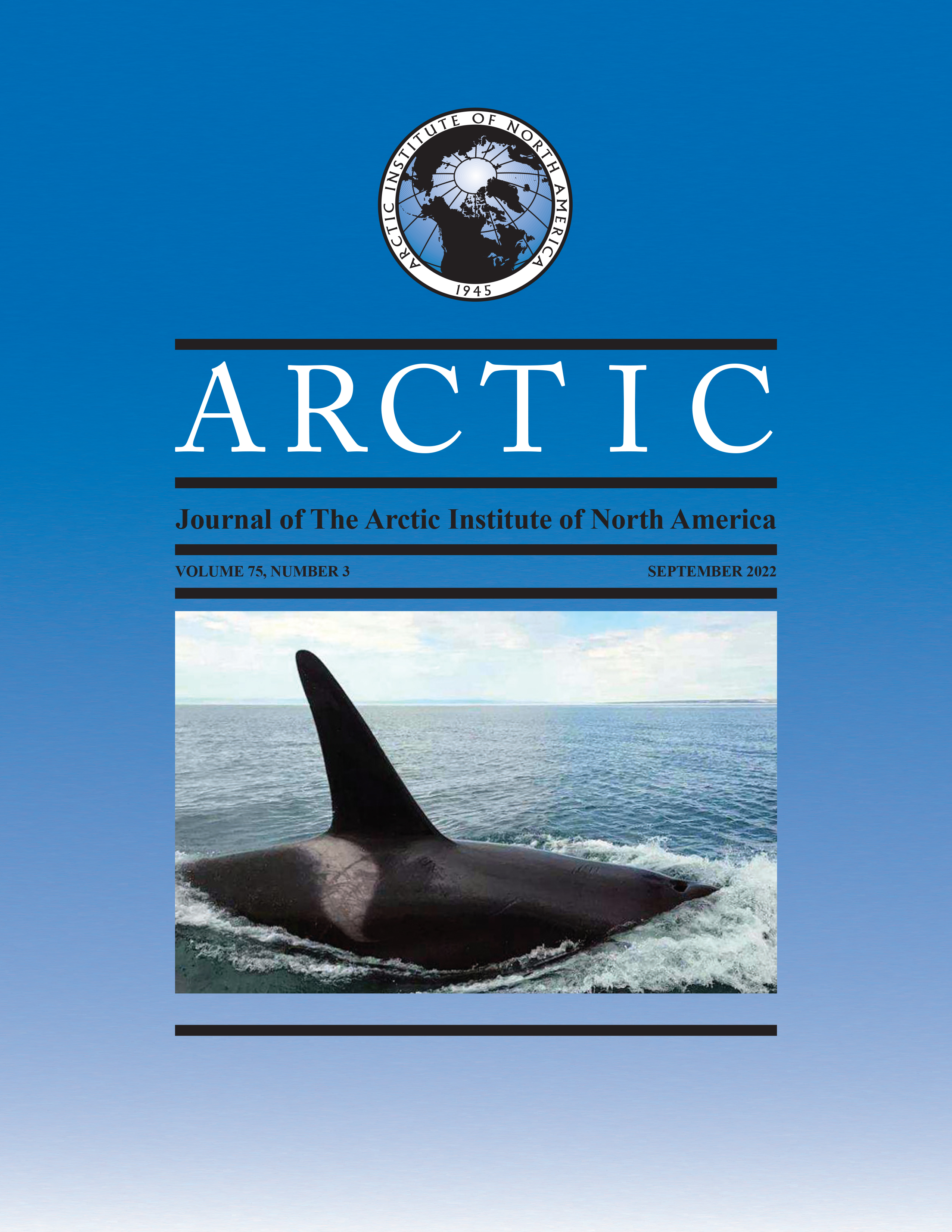Historical Reindeer Corrals as Portraits of Human-Nature Relationships in Northern Finland
DOI :
https://doi.org/10.14430/arctic75612Mots-clés :
élevage des rennes; nord de la Finlande; forêts boréales; enclos à rennes; écologie historiqueRésumé
L’élevage des rennes est pratiqué dans les régions boréales et subarctiques nordiques de la Fennoscandie depuis des siècles. Le rassemblement et la séparation des rennes à des fins d’abattage et de marquage des veaux sont d’importantes activités cycliques de l’élevage des rennes. Elles s’effectuent généralement dans des enclos à rennes composés de clôtures circulaires en bois ou de constructions en pierre menant aux enclos. À l’aide de bases de données archéologiques, nous avons dressé la carte historique des enclos à rennes du nord de la Finlande de la fin des années 1800 jusqu’aux années 1960 pour l’ensemble de la zone d’élevage des rennes, puis nous avons caractérisé l’héritage de leur utilisation antérieure sur la végétation actuelle de Peräpohjola. Nous avons localisé 94 enclos en tout. Les séparations employées pour les rennes ont donné lieu à la création d’un créneau favorable à l’établissement de nouvelles associations végétales contenant plus de graminiformes par rapport aux arbustes nains et à la formation de boulaies denses. Les enclos ont également permis de préserver d’anciens arbres rares qui sont restés à l’intérieur des enclos en guise d’abri pour les rennes. En général, l’emplacement des enclos était planifié de sorte à tirer parti des constructions artificielles et des obstacles naturels, comme les tourbières, et du comportement typique des rennes à l’égard de ces deux caractéristiques. Une fois les constructions en bois effondrées et décomposées, seule la végétation différente témoigne de leur existence.



